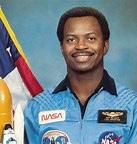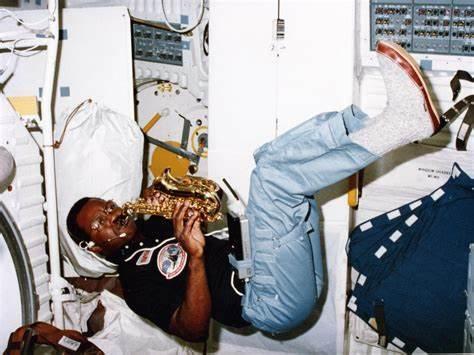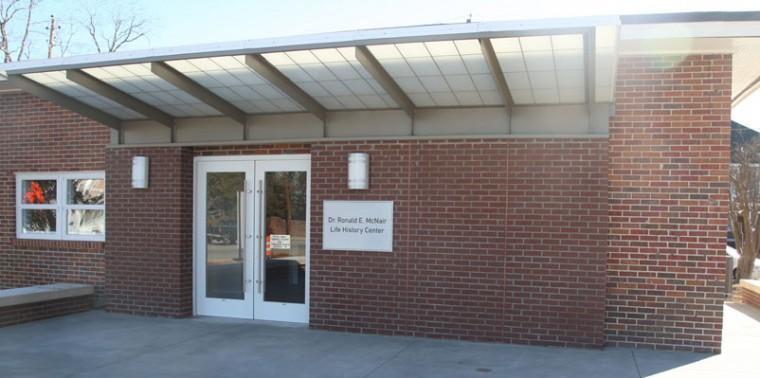
4 minute read
People Worth Remembering: Ronald McNair
• Ronald McNair was born in Lake City, South Carolina, in 1950. Even as a youngster he was a voracious reader with a passion for airplanes and dreams of becoming a pilot.
• In 1959, he walked a mile from his home to the Lake City Public Library. He chose the books he wanted, which included books about airplanes, science, and math, and got in line to check them out. The librarian looked him over and informed him that the library was for whites only. Blacks were allowed to read books in the library but were prohibited from checking them out. Little 9-year-old Ronald insisted he should be allowed to check out these books. The librarian threatened to call the police if he did not leave immediately. Ronald McNair defiantly took a seat on top of the check-out counter and said, “I’ll wait.” The librarian called not only the police but also Ronald’s mother, Pearl.
• Two police officers showed up and asked what the disturbance was. The librarian pointed at the young boy and his books. The nonplussed cops encouraged the librarian to just let the kid have the books. Ron’s mother pledged to pay for any books Ronald might damage. Thus chastened, the librarian reluctantly issued little Ronald McNair a library card and checked out his books.

• Ronald graduated as valedictorian of his high school class in 1967. At the time, “Star Trek” was all the rage, with black actress Nichelle Nichols playing Lieutenant Uhura. Ronald McNair took inspiration from the show.
• In 1971, McNair graduated magna cum laude with a Bachelor of Science degree in physics. Next, he earned a PhD in physics from MIT in 1976, and became nationally recognized for his work with lasers. He then became a staff physicist at the Hughes Research Lab in Malibu, California.
• Also in 1976, McNair won the AAU Karate gold medal. He subsequently went on to win five regional championships and earned a 5th degree black belt in karate.
• In 1978, McNair was selected as one of 35 applicants from a pool of ten thousand for the NASA astronaut program. As a result of this training, he flew as a mission specialist aboard Challenger space shuttle from February 3 to 11, 1984. Ronald McNair became the second African American to fly in space, after aerospace engineer Guion Bluford flew aboard the Orbiter Challenger in 1983.

• Following that mission, McNair was selected as one of three mission specialists in a crew of seven for the next space shuttle launch.

Ronald McNair playing his saxophone in the weightlessness of space.
• McNair was also a talented saxophone player. He worked with the composer Jean-Michel Jarre on a piece of music for Jarre’s then-upcoming album “Rendez-Vous”. McNaire intended to record his saxophone solo on the space shuttle, which would have made it the first original piece of music to have been recorded in space. He was then scheduled to take part in Jarre’s concert in Houston via a live feed from the space shuttle.
• None of that happened. The space shuttle Challenger launched on January 28, 1986. It tragically exploded nine miles over the Atlantic Ocean 73 seconds later. All seven astronauts on board were killed.

The Dr. Ronald E. McNair Life History Center, in Lake City, South Carolina.
• Sixteen years later, the library that refused to loan him books was remodeled and reopened as the Dr. Ronald E. McNair Life History Center. It pays tribute to McNair through photographs, artifacts, and exhibits. There is a mural of the space shuttle on a wall. McNair is buried in a park next door, which is also named for him, as is the adjacent school.
• Jean-Michel Jarre’s album includes the track “Last Rendez-Vous” subtitled “Ron’s Piece.” □




